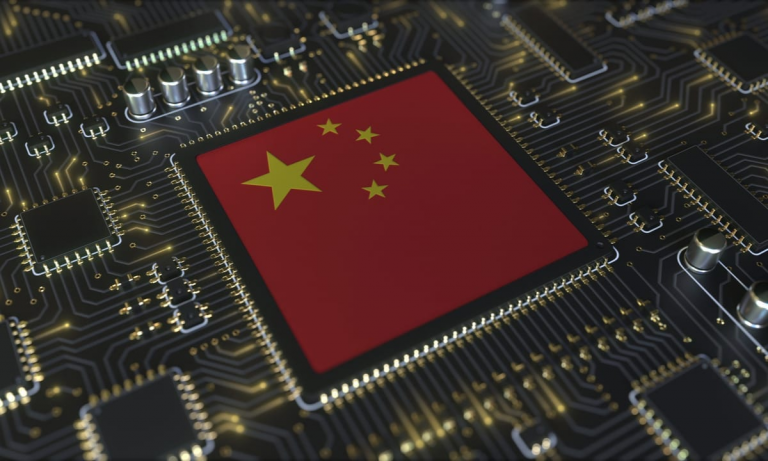
Chinese social media giant RedNote, also known by its Chinese name Xiaohongshu, has released its first large language model as open source, deepening Beijing’s push to expand its influence in artificial intelligence despite rising geopolitical barriers.
The model, called dots.llm1, was made available on developer platform Hugging Face on Friday, accompanied by a technical paper outlining its capabilities and architecture.
The move aligns RedNote with other major Chinese tech firms like Alibaba and DeepSeek that have recently adopted open-source strategies in AI. Unlike U.S. giants OpenAI and Google, which have kept their most advanced models proprietary, China’s AI developers have turned to open source not just to build credibility and developer ecosystems but also to challenge Western dominance in the rapidly evolving sector.
Register for Tekedia Mini-MBA edition 19 (Feb 9 – May 2, 2026): big discounts for early bird.
Tekedia AI in Business Masterclass opens registrations.
Join Tekedia Capital Syndicate and co-invest in great global startups.
Register for Tekedia AI Lab: From Technical Design to Deployment (next edition begins Jan 24 2026).
RedNote’s dots.llm1 is a mixture-of-experts model containing 142 billion parameters, but it only activates 14 billion parameters per query. The design prioritizes computational efficiency without significantly compromising performance. According to the company’s paper, the model was trained on over 11.2 trillion tokens of real-world data—intentionally excluding synthetic sources to improve trustworthiness and accuracy.
Benchmark tests show dots.llm1 performs competitively against Alibaba’s Qwen 2.5 series in programming tasks, while it falls short of top-tier models like DeepSeek-V3. On C-SimpleQA, a Chinese language benchmark, dots.llm1 scored 56.7—slightly below DeepSeek-V3’s 68.9, but close to Qwen2.5-72B in multilingual and mathematical evaluations.
RedNote’s research team also published intermediate training checkpoints for every trillion tokens, allowing the academic community to track the model’s learning curve over time. This transparency further distinguishes the project in a space where many companies still guard technical details.
RedNote’s open-source move comes at a critical time for China’s AI sector. With the United States maintaining strict export controls on advanced semiconductors and high-performance GPUs, Chinese firms are looking for alternative routes to assert technological leadership.
These companies are building global developer networks, strengthening diplomatic ties through technological cooperation, and asserting China’s relevance in AI policy discourse, by releasing models like dots.llm1 to the public.
The open-source strategy has proven effective for others in China’s tech ecosystem. Earlier this year, Alibaba launched Qwen 3, the latest in its series of public AI models, while startup DeepSeek released its low-cost R1 model, earning global attention for achieving strong performance at a fraction of the cost of Western counterparts.
DeepSeek’s newer V3 series has been ranked in benchmarks alongside OpenAI’s GPT-4o and Anthropic’s Claude 3.5 Sonnet. With dots.llm1 now in the open-source arena, RedNote is clearly aiming to join this elite group of Chinese innovators challenging U.S. leadership in AI.
RedNote’s Global Expansion
Best known as an “Instagram-like” social app popular among China’s Gen Z, RedNote gained wider global attention earlier this year when some American users began migrating to the platform amid fears of a TikTok ban in the U.S.
The company has since opened an overseas office in Hong Kong and expanded its product offerings. Its AI strategy includes Diandian, a new AI-powered search assistant that helps users navigate Xiaohongshu content—an indicator that the firm is preparing for more global and AI-integrated products.
Since 2023, shortly after OpenAI launched ChatGPT, RedNote has stepped up investment in large language models. Dots.llm1 is its most ambitious public AI initiative to date.
The release of dots.llm1 has added to a growing perception that China is moving quickly—and openly—to compete in AI development, despite export bans and geopolitical tension. With more Chinese firms embracing open source, the global AI industry is becoming more distributed and competitive.
While American firms like Meta have also pursued open-source models, many others have opted for closed systems, citing safety and competitive concerns. RedNote’s entry into open-source AI deepens the divide between the American and Chinese approaches to AI deployment, governance, and access.
But it may also force global policymakers and tech leaders to reckon with a more multipolar future for artificial intelligence—one where China, with or without U.S. semiconductors, plays a central role in shaping how machines learn and reason.
As developers begin experimenting with dots.llm1 and creating finetuned derivatives, RedNote’s strategy could further shift the momentum in favor of open access, and in doing so, extend China’s soft power in digital infrastructure.



